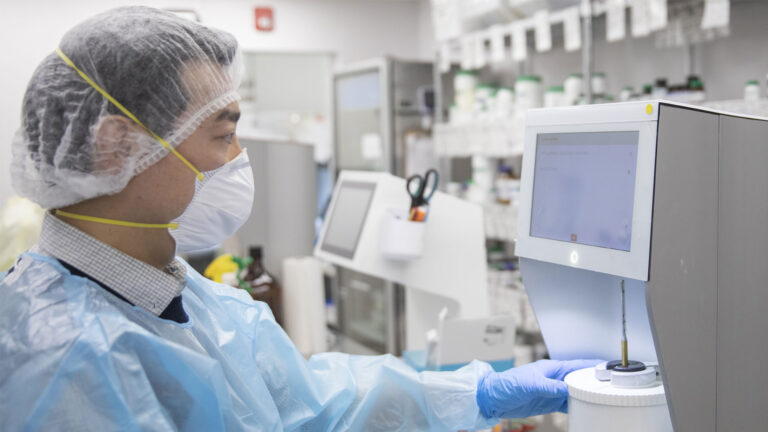
The standards referenced in the article below are out of date as of February 1, 2025. Please refer to ACP’s new standards for up-to-date information.
Updated standards of practice come into effect January 1, 2022, that provide regulated members direction on how to treat animal patients as part of their practice. While most of the standards are applicable regardless of whether the patient is a human or an animal, there are important differences that regulated members need to consider when filing prescriptions for animals.
Patient agent
Providing pharmacy services for animals differs because, in all matters that require communication with an animal patient, the regulated member must communicate with the patient’s agent. For that reason, regulated members who provide pharmacy services for animals will establish a professional relationship with the patient’s agent and apply all standards pertaining to the patient through the patient agent. This includes determining who will provide care and administer medications to the animal(s), and ensuring that they have the information required.
Assessment
Pharmacists and pharmacy technicians are not animal experts and ACP expectations on assessment of animals differ from those of human patients. SPPPT 6.1 provides direction on assessing appropriateness in animals. Regulated members are expected to practise within their scope and competencies, and this often requires an additional level of collaboration with the prescribing veterinarian when the pharmacist has questions or determines there may be a drug therapy problem.
Herds
Unlike human patients where every patient must have their own unique prescription, veterinary prescriptions may sometimes be written for a herd of animals and not just an individual. Each herd must be given a unique identifier that functions as a name and, when possible, the regulated member should determine how many animals are being treated.
Food chain
When assessing a prescription for appropriateness, the pharmacist must always consider whether the animal or animal products (such as eggs or milk) may potentially enter the food chain. While this may be obvious with prescriptions for cattle or other livestock, it may be less clear with animals such as horses, llamas, rabbits etc., that may be considered companion animals at the time of dispensing but may ultimately end up in the human food chain. For any animals that may potentially enter the food chain, standard 6.7 of the Standards of Practice for Pharmacists and Pharmacy Technicians (SPPPT) requires that the pharmacist must ensure the prescription has a withdrawal time included that will safeguard against any harmful drug residues remaining in the animal product. Additionally, the Food and Drug Regulations s.C.01.610 outlines certain drugs that are prohibited for use in animals that may end up in the food chain. If there is any doubt, the pharmacist should collaborate with the prescribing veterinarian.
Medically important antimicrobials
Pharmacists are antimicrobial stewards, helping to minimize the development of antimicrobial resistance. Antibiotic use in animals has the potential to contribute to this serious issue and this is one of the reasons why changes were made to the Food and Drug Regulations that increased oversight of antimicrobial use in animals. The following documents from Health Canada provide pharmacists information to consider as part of their assessment when determining if there is a drug therapy problem:
- list of medically important antimicrobials,
- categorization system for these drugs; and
- a guidance document entitled the Responsible use of Medically Important Antimicrobials in Animals.
Summary
ACP expects all regulated members to familiarize themselves with the new understanding of what pharmacy services for animals looks like. Everyone must self-assess their competence to be involved with providing medications for animals. Due to the unique nature of these patients and the limited scope and training of pharmacy professionals in animal health, it is expected that a high degree of collaboration with the prescribing veterinarian is required as part of the assessment and dispensing process.
For information on other considerations when providing care to animals—including schedule 2 and 3 drugs, prescribing, and injecting—refer to our November 24, 2021, Link article.




